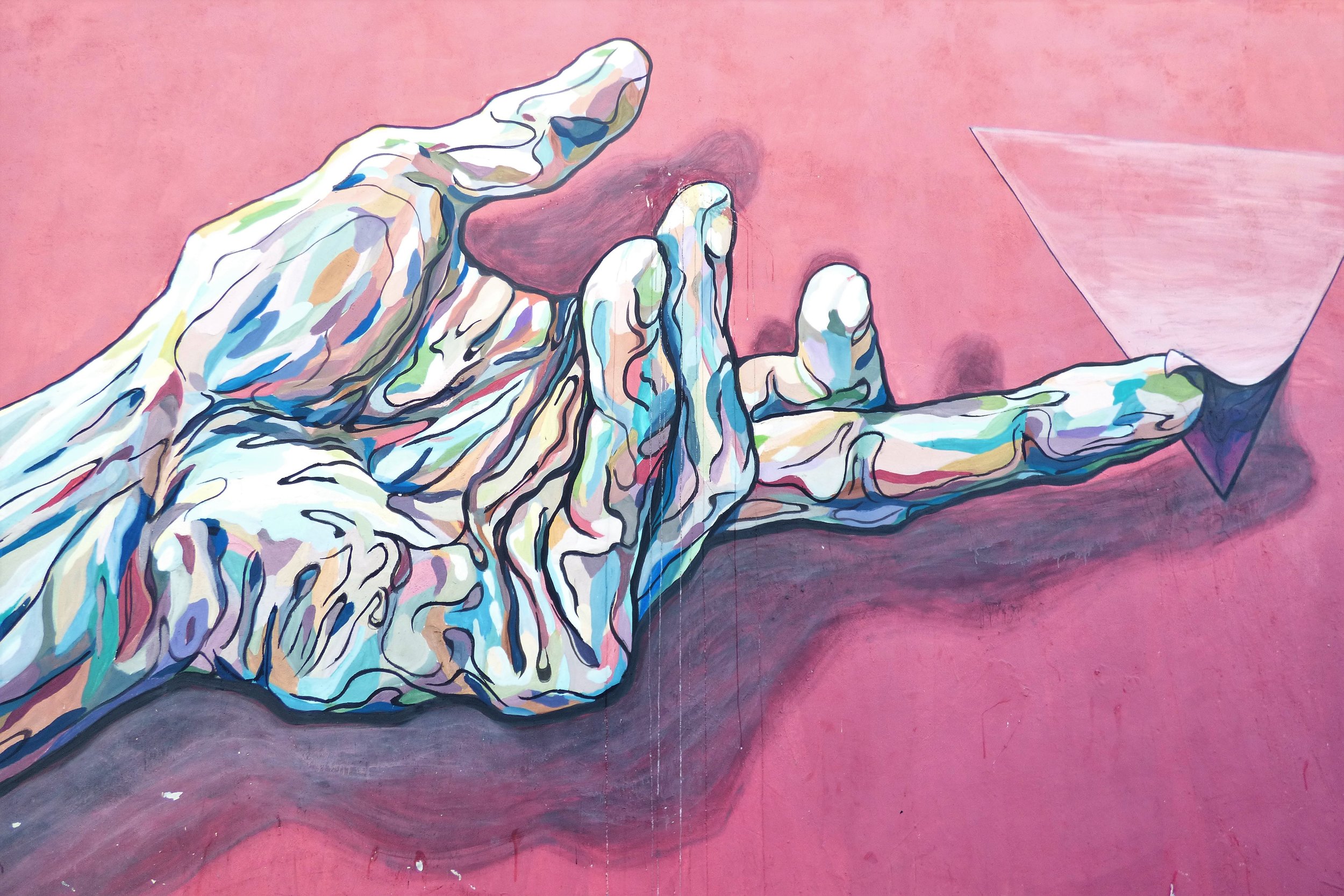Should I be called 'an Aesthetics Therapist' instead?
/“Aestheticians compare historical developments with theoretical approaches to the arts of many periods. They study the varieties of art in relation to their physical, social, and culture environments. Aestheticians also use psychology to understand how people see, hear, imagine, think, learn, and act in relation to the materials and problems of art. Aesthetic psychology studies the creative process and the aesthetic experience.[14]” Wikipedia
I’VE ALWAYS THOUGHT THAT THE TERM ART THERAPY HAS NEVER REALLY DESCRIBED WHAT I DO OR WHAT IT DOES FOR PEOPLE
If I go through this quotation posted here, maybe it will begin to illustrate my query:
Aestheticians compare historical developments with theoretical approaches to the arts of many periods.
The history of the person/s coming to Art Therapy is a vital component of understanding them and their world. As we explore together through art-making, we consider global, collective, local and personal elements of influence to their moment in time, in the room, right now.They study the varieties of art in relation to their physical, social, and culture environments.
The art made in the art therapy session, holds, reflects and kind of ‘is’ the physical, social and cultural environment of the person making it - and the therapist witnessing it. We all exist in context.Aestheticians also use psychology to understand how people see, hear, imagine, think, learn, and act in relation to the materials and problems of art.
As art therapy has developed as a profession (since the 1940/50’s) the scientific evidence of what we have previously known, seen and intuitively facilitated, has also developed. Neurobiology and neuropsychology can measure and prove the movements in the brain, senses, mood and emotions that happen in the act of art-making, particularly within a relationship. Here early damaged attachments and traumas can be repaired because we are accessing non-verbal and pre-verbal arenas in a whole-body way. This repair can be seen neurologically as new nerve pathways - as well as simply through the send and felt improvements in the person. When I worked in Learning Disabilities, I saw again and again, the apparently impossible improvement of someones IQ, communication and proprioceptive skills as they developed a therapeutic relationship with themselves and others, and holistically worked through their traumas.
Art making offers a contained and manageable way to explore the bigger issues of life. Through coping, resolving and managing a problem, mistake, obstacle or unknown in the art-making process, we develop these skills for other arenas. Wed develop our confidence, problem-solving skills and ultimately our resilience for life.Aesthetic psychology studies the creative process and the aesthetic experience.
The whole interaction in Art Therapy is about exploring what the creative process and the receptive and expressive aesthetic experience is like for the people involved: as a way to illustrate, elucidate, confirm, clarify, uncover, develop and question one’s views, experiences, world and position in it.
We look from the position of the individual, the maker, the unconscious.
We look from the position of two people or objects in relation to each other (person to person, person to created piece, person to self, created piece to person, created piece/creator to person, the subconscious.
We look from the possible position of the other, the created piece in relation to others and the wider audience. The conscious, the social, the political. The imaginary, the possible, the impossible, the uncertain and the unprovable. The playful, the humorous, the wild, the silly, the dark and the inexplicable. We grow our love and zest for life as we see ourself in the world and our place in it.
What do you think?
Have you had Art therapy? Would you agree or disagree with my thoughts?
Should I become an Aesthetic Therapist? Hmmm.
image @guustimutant from Unsplash free stock


